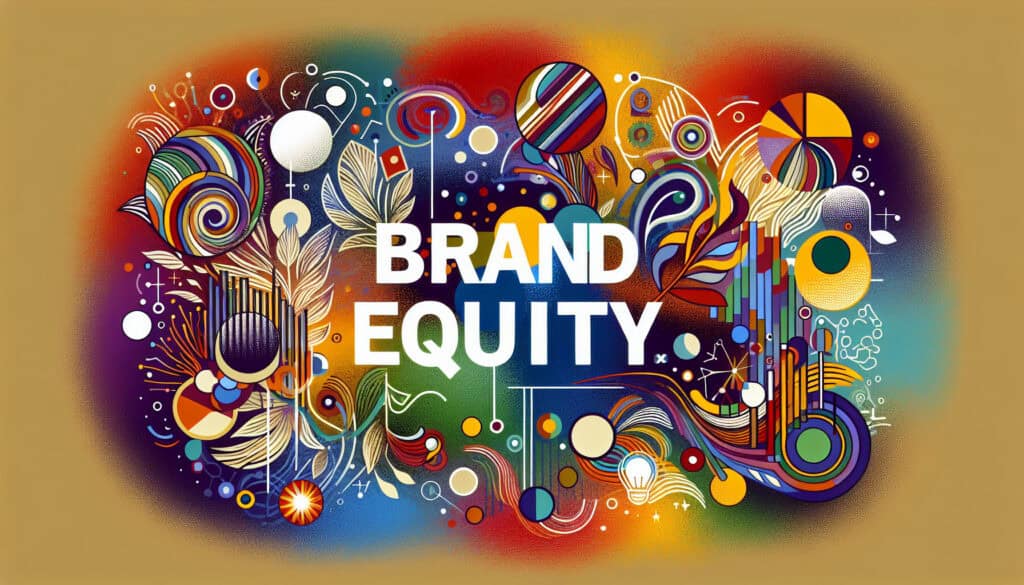The commercial value that derives from consumer perception of the brand name of a particular product or service, rather than from the product or service itself.
- Metodologie: Lean Sigma, Produzione
Brand Equity

Brand Equity
- Posizionamento del marchio, Strategie di branding, Esperienza del cliente, Mappatura del viaggio del cliente, Marketing, Strategia di marketing, Branding del prodotto, Differenziazione del prodotto, Proposta di valore
Obiettivo:
Come si usa:
- It is built and managed by creating positive experiences, brand awareness, and loyalty through consistent, high-quality marketing and product performance, which allows for premium pricing and customer loyalty.
Professionisti
- Commands premium pricing, increases customer loyalty and retention, provides a competitive advantage, and creates barriers to entry for competitors.
Contro
- Takes a long time and significant investment to build, can be damaged quickly by negative events or poor management, and its value can be difficult to measure precisely.
Categorie:
- Clienti e marketing, Economia
Ideale per:
- Building long-term, sustainable value and competitive advantage for a company's products or services.
Brand equity methodology finds applications across various industries, ranging from consumer goods to technology, where high-quality products and services are paramount. This approach is particularly relevant during the product development phase, where understanding consumer perceptions and preferences can greatly influence design and functionality. Companies often initiate brand equity strategies through cross-functional teams that include marketing, product development, and customer service, ensuring that every touchpoint enhances the overall brand experience. The methodology serves well in enhancing the customer journey by providing consistent messaging and experiences that correlate with brand promises. Businesses leveraging brand equity can command premium pricing, making it economically feasible to invest further in innovation and superior customer service. This creates a cycle where increased revenue allows for reinvestment into product development and marketing, thus reinforcing brand loyalty and creating an environment that deters new entrants. Industries like automotive, technology, and fashion have seen firsthand how strong brand equity leads to increased customer retention and provides a competitive edge, making it easier to weather market fluctuations. Leading companies often rely on consumer feedback and data analytics to refine their branding strategies, ensuring they resonate well with target demographics and adapt to changing market demands.
Fasi chiave di questa metodologia
- Identify target audience and their preferences.
- Position the brand distinctly in the market.
- Develop a consistent brand messaging strategy.
- Create engaging and high-quality marketing content.
- Monitor brand performance and customer feedback.
- Enhance customer experience through product quality and service.
- Implement loyalty programs that reward repeat customers.
- Regularly refresh the brand’s marketing tactics to stay relevant.
- Leverage partnerships and collaborations to enhance visibility.
- Evaluate and adjust premium pricing strategies based on brand perception.
Suggerimenti per i professionisti
- Invest in customer experience mapping to identify pain points and enhance touchpoints that solidify emotional connections with the brand.
- Implement advanced analytics to track customer behavior and preferences, allowing for data-driven adjustments in marketing strategies and product offerings.
- Prioritize sustainability in product design and operations, aligning brand values with consumers' increasing demand for responsible practices.
Leggere e confrontare diverse metodologie, raccomandiamo il
> Ampio archivio di metodologie <
insieme ad altre 400 metodologie.
I vostri commenti su questa metodologia o ulteriori informazioni sono benvenuti su sezione commenti qui sotto ↓ , così come tutte le idee o i link relativi all'ingegneria.
Contesto storico
1960
1980
1983
1990
1995
2000
2010
1950
1980
1980
1986
1994
1995
2000
(se la data non è nota o non è rilevante, ad esempio "meccanica dei fluidi", viene fornita una stima approssimativa della sua notevole comparsa)














Post correlati
Programma di produzione principale (MPS)
Personalizzazione di massa
Imbuto di marketing
Audit di marketing
Indice MAPO (Movimento e assistenza dei pazienti in ospedale)
Pianificazione delle risorse di produzione (MRP II)